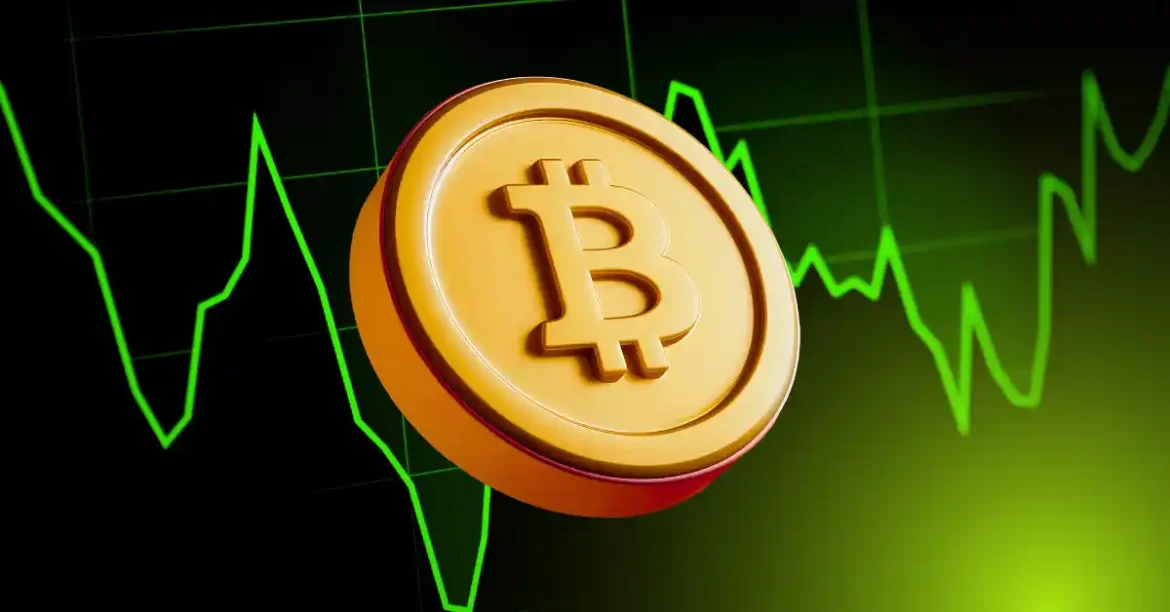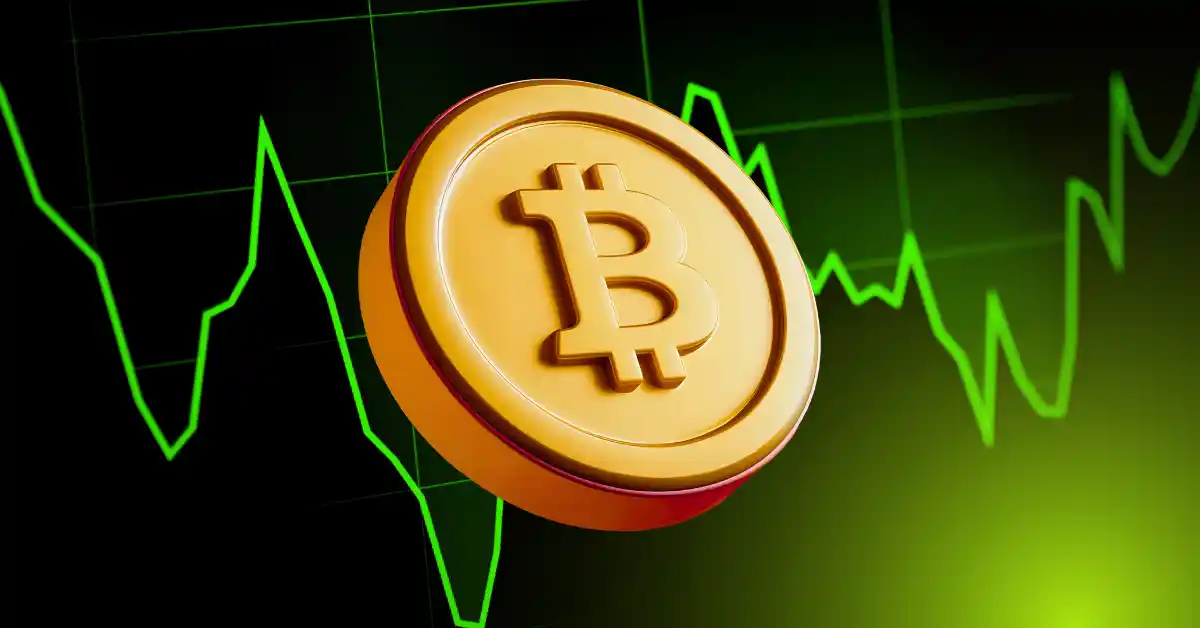Bitcoin, the pioneering cryptocurrency, has evolved from an obscure digital experiment to a significant financial asset, standing at a critical juncture. Its journey is marked by a unique blend of scarcity, corporate adoption, environmental debates, and the speculative yet tantalizing concept of hyperbitcoinization. This exploration delves into the multifaceted landscape of Bitcoin, examining its scarcity-driven value, the surge in corporate accumulation, the environmental implications of mining, and the socio-political ramifications of a potential shift to a Bitcoin-dominated global economy.
The Allure of Scarcity: A Digital Gold Rush
Bitcoin’s value is fundamentally rooted in its scarcity, a feature deliberately embedded in its design. Unlike fiat currencies, which can be printed indefinitely by central banks, Bitcoin’s supply is capped at 21 million coins. This artificial scarcity is a cornerstone of its appeal, positioning it as a deflationary asset in contrast to the inflationary nature of traditional currencies. The scarcity principle is reinforced by the Bitcoin network’s “halving” events, which occur every four years. During these events, the reward for mining new blocks is halved, further restricting the supply of new bitcoins entering circulation. The most recent halving event has intensified the supply squeeze, creating conditions ripe for potential price appreciation.
The psychology of scarcity plays a pivotal role in driving demand. As the remaining supply dwindles and awareness of Bitcoin’s limited nature grows, investors and institutions are increasingly compelled to acquire and hold Bitcoin, driven by the fear of missing out (FOMO). This dynamic exacerbates the supply shock, as the dwindling supply meets growing demand, potentially driving up prices. The scarcity narrative is further bolstered by Bitcoin’s decentralized nature, which ensures that no single entity can manipulate its supply, making it a unique and attractive asset in the eyes of investors.
Corporate Hoarding: A New Era of Bitcoin Accumulation
The narrative surrounding Bitcoin has expanded beyond individual investors and tech enthusiasts to include corporations, which are now actively participating in the Bitcoin market. Companies are treating Bitcoin as a treasury asset and a hedge against inflation, signaling a growing confidence in its long-term value and stability. This trend is driven by several factors, including the need for alternative assets to preserve capital in an era of unprecedented monetary easing and rising inflation. Bitcoin’s decentralized nature allows for seamless cross-border transactions, reduced transaction fees, and enhanced security, making it a strategic asset for companies operating in the digital economy.
The increasing institutional demand for Bitcoin is creating a supply vacuum, putting upward pressure on prices. As more companies accumulate Bitcoin, the available supply on exchanges dwindles, making it more difficult for new entrants to acquire the cryptocurrency. This dynamic is accelerating the race for Bitcoin adoption, as companies fear being left behind in a potentially hyperbitcoinized future. The corporate accumulation of Bitcoin is not only a testament to its growing legitimacy but also a reflection of the broader shift towards digital assets in the global financial landscape.
The Environmental Elephant in the Room: Mining’s Energy Footprint
One of the most persistent criticisms of Bitcoin revolves around its energy-intensive mining process. Bitcoin mining requires specialized hardware and vast amounts of electricity to solve complex cryptographic puzzles, securing the network and validating transactions. This has led to concerns about Bitcoin’s carbon footprint and its potential contribution to climate change. The energy consumption of Bitcoin mining has been likened to that of small countries, raising questions about its sustainability, particularly in a world increasingly focused on renewable energy and carbon neutrality.
However, proponents of Bitcoin argue that the environmental impact of mining is often overstated and that efforts are underway to mitigate its negative effects. A significant portion of Bitcoin mining is now powered by renewable energy sources, such as hydroelectric, solar, and wind power. Innovations in mining technology are leading to more energy-efficient hardware, reducing the overall energy consumption of the network. Additionally, Bitcoin mining can incentivize the development of renewable energy infrastructure in remote locations, as miners seek out cheap and abundant sources of electricity. Innovative solutions are being explored to utilize the heat generated by mining operations for other purposes, such as heating homes and powering greenhouses.
Hyperbitcoinization: A Paradigm Shift or a Distant Dream?
Hyperbitcoinization, the theoretical scenario where Bitcoin becomes the world’s dominant currency, is a concept that has captivated the imagination of Bitcoin enthusiasts. It envisions a future where fiat currencies are abandoned in favor of a decentralized, censorship-resistant, and globally accessible digital currency. The path to hyperbitcoinization is fraught with challenges and uncertainties, requiring a fundamental shift in societal attitudes towards money, widespread adoption of Bitcoin as a medium of exchange, and a dismantling of the existing financial infrastructure.
Despite these obstacles, the potential benefits of hyperbitcoinization are undeniable. It could lead to a more transparent and efficient global financial system, free from the control of central banks and governments. It could empower individuals with greater financial sovereignty, allowing them to transact directly with one another without the need for intermediaries. It could also foster innovation and economic growth, as businesses and individuals gain access to a more accessible and inclusive financial system. However, hyperbitcoinization also carries potential risks, including the destabilization of the global economy, disruption of existing financial institutions, and the creation of new forms of inequality. The volatility of Bitcoin’s price could make it difficult to use as a store of value, and its decentralized nature could make it vulnerable to manipulation and fraud.
Conclusion: Navigating the Uncharted Waters
Bitcoin’s journey from a fringe experiment to a mainstream asset has been nothing short of remarkable. Its inherent scarcity, the increasing corporate adoption, the ongoing efforts to mitigate its environmental impact, and the alluring prospect of hyperbitcoinization all contribute to its complex and evolving narrative. Whether Bitcoin will ultimately achieve its maximalist vision of becoming the world’s dominant currency remains to be seen. However, its impact on the global financial landscape is already undeniable. It has challenged the traditional notions of money, sparked innovation in the financial technology sector, and empowered individuals with greater control over their financial lives.
As Bitcoin continues to evolve, it is crucial to approach it with a critical and informed perspective. Understanding its strengths and weaknesses, its opportunities and risks, is essential for navigating the uncharted waters of the cryptocurrency revolution. The future of Bitcoin, and indeed the future of money, is being written today, and it is up to us to understand and shape its trajectory. The crossroads at which Bitcoin stands today present both challenges and opportunities, and the choices made at this juncture will shape the financial landscape for generations to come.





